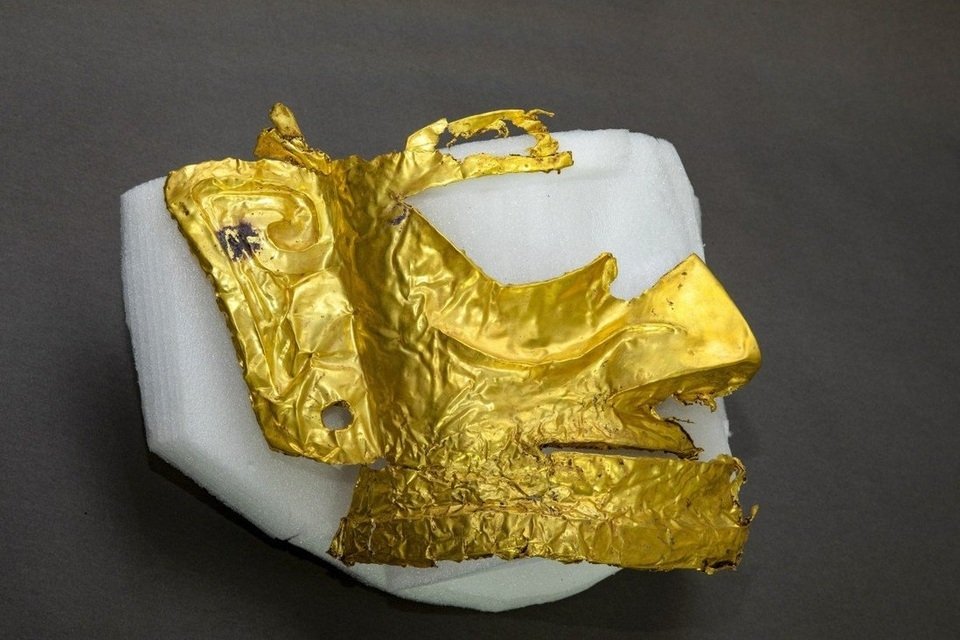
Discovering ancient artifacts that could rewrite Chinese history 0
(Dan Tri) – Antiquities discovered in southwest China raise the hypothesis that an unknown civilization once existed.
Golden mask discovered in archaeological ruins in Sichuan (Photo: Xinhua News Agency).
According to SCMP, the treasures were unearthed at Tam Tinh Doi site, Quang Nguyen, Sichuan.
The excavation campaign conducted since 2019 has found more than 500 artifacts made from bronze, gold, jade, and ivory dating back more than 3,000 years.
At a press conference on March 20, Chinese officials said that the quality and craftsmanship of the above items far surpass those of antiques produced at the same time in other areas of China, including
Shi Jinsong, deputy director of the Institute of Archeology of the Chinese Academy of Social Sciences, said Chinese civilization has always been believed to start from the Central Plains.
However, the discoveries at Sanxingdui suggest that the subject of Chinese civilization may be much more complex than previously thought.
Zhao Congcang, an archaeologist with Northwestern University in Xi’an, said he was stunned when he saw the artifacts.
Some of the artwork resembles items found at sites along the Yangtze River and in Southeast Asia, suggesting that the unknown civilization was not isolated at all, but may have interacted

An antique made of bronze (Photo: Xinhua News Agency).
The Sanxingdui site was discovered in the 1930s, and it remains one of the biggest mysteries for Chinese archaeologists.
Some of the largest and oldest bronze artifacts in the world have been found at the site, including a 4 meter high `tree of life`.
Because these artifacts have nothing to do with later Chinese culture and no one has been able to decipher the symbols on them, many debates about the artifacts have taken place.
The large number of artifacts shows that the unknown civilization had a developed economy and high level of technology.
Sichuan lies in a fertile basin separated from surrounding areas by high mountains.
The Qin Dynasty invaded the area in 316 BC.



